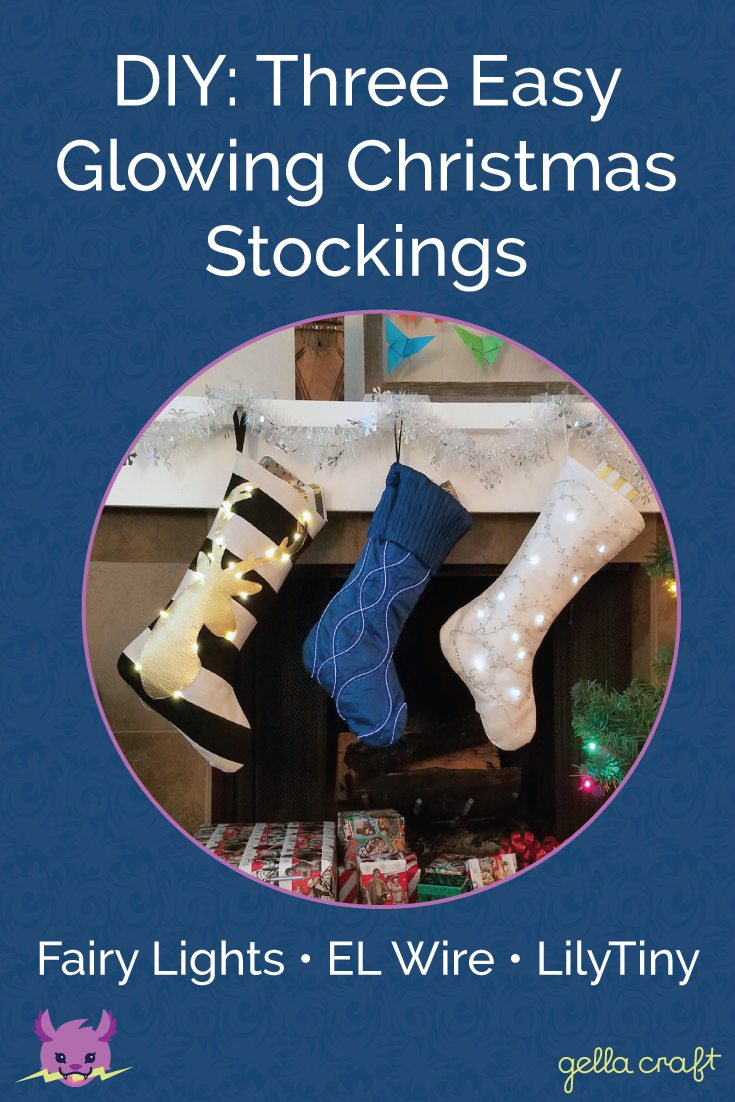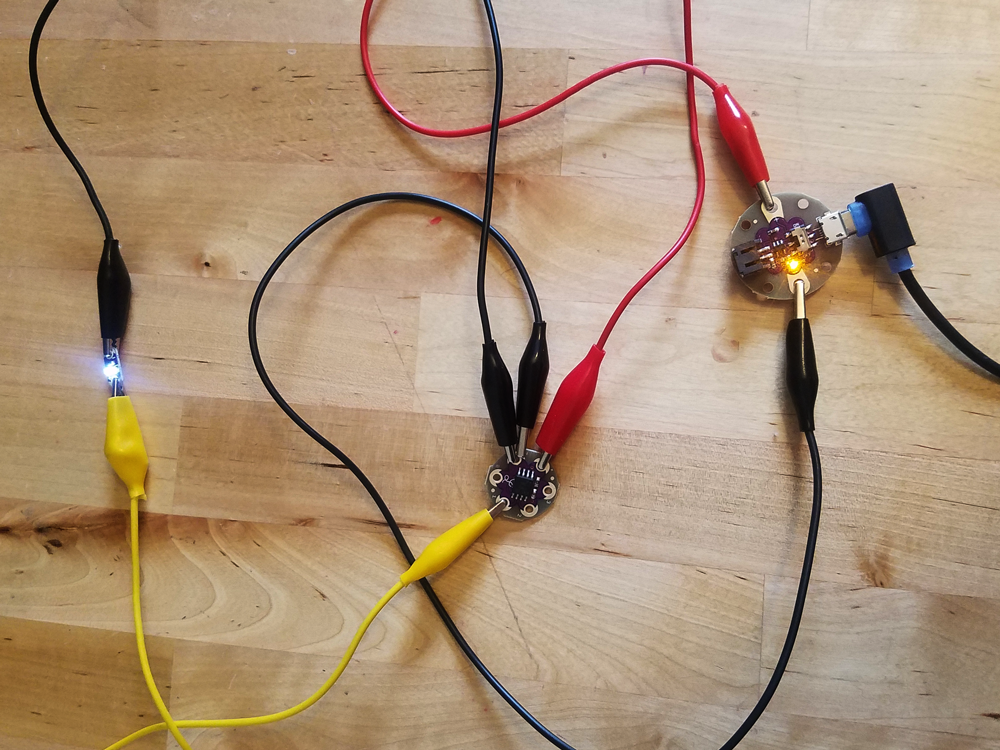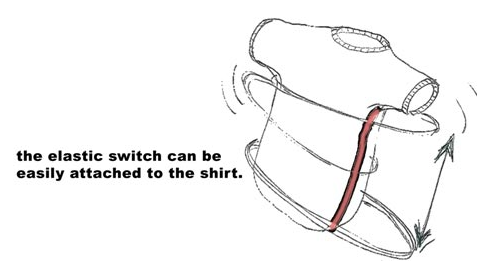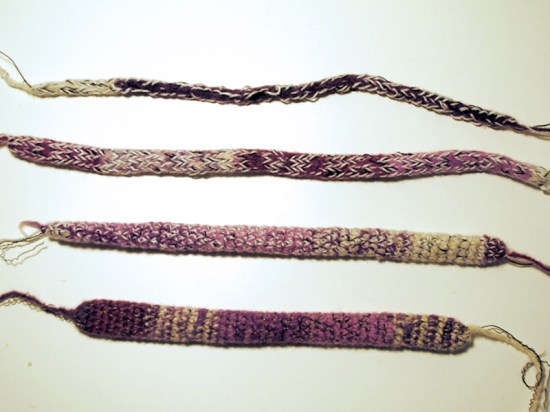In the past few weeks I have been teaching myself to crochet and making some amigurumi critters. I was looking online for some new patterns to try and remembered my anglerfish project – why not try and crochet one? Since I couldn’t find a pattern to follow I decided to make up my own version. While a little cartoony, I’m happy with the result.
Once I had a basic fish, I prepped the mini theremin to go inside. I ditched the red case the circuit board came in and replaced the AA batteries with AAA in a holder with an on/off switch.
I also replaced the antenna with a sturdier one from an RC car. The final touch was adding an LED for the anglerfish’s lure and as a power indicator.
Once everything was hooked up I put the board in a small plastic box to protect it, and threaded the LED and antenna into the plush’s antenna. I found that if the wires from the LED were too close to the antenna wire it would cause interference, so I ended up attaching them along the outside and covering them with a whip stitch.
Everything went into a pouch inside the fish to keep it from getting tangled in the polyfil I used to stuff it. Velcro along the edge makes for easy access to the battery pack to turn it on/off.
Packed up and ready to play! So far, the antenna isn’t very sensitive so you have to be right up close to the fish to get any change in the sound. I had the same problem when the theremin was set up as a kit before hacking it, and am looking for a way to get a better range. There are some potentiometers on the board for adjusting and I saw something about using tin foil to ground it through the battery pack, so I’ll try a bit more and see if I can some better sounds out of it. If I get some good results, my next step is to add an audio jack to hook it up to an amp, and maybe turn the eyes into knobs for on-the-fly adjustments.















































